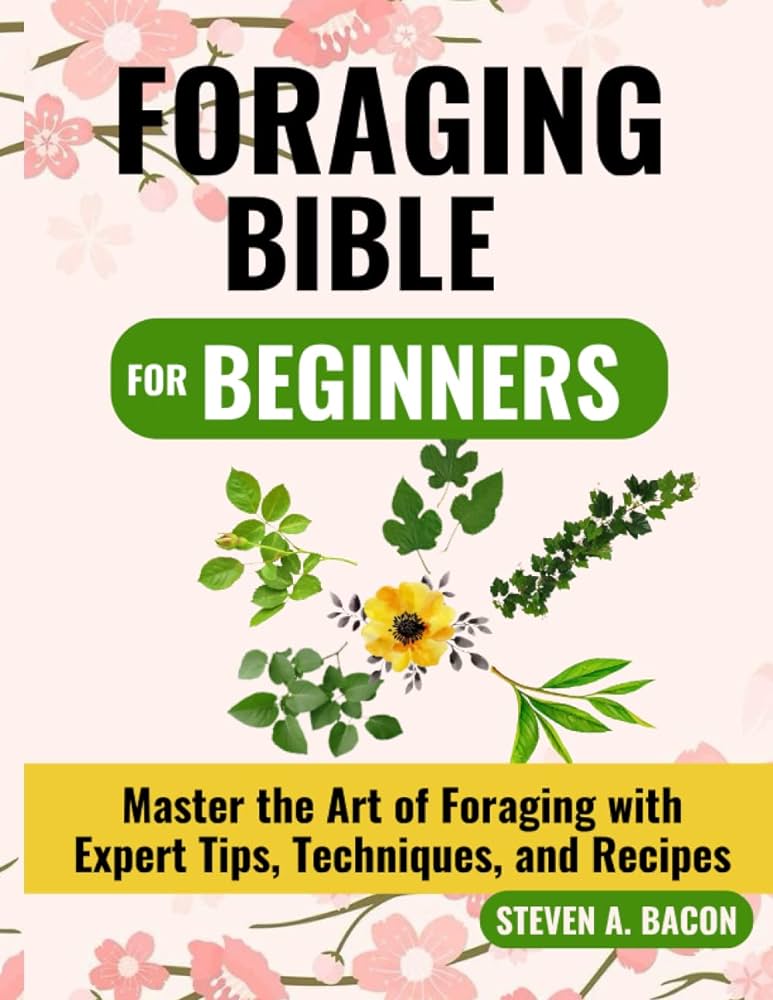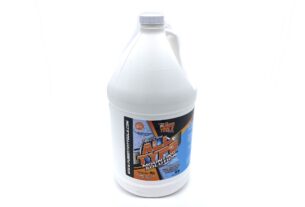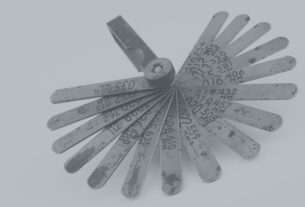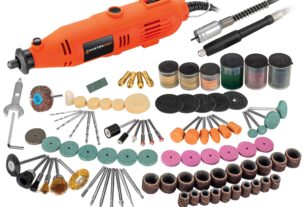Foraging is a popular activity that involves searching for wild food sources in the natural environment. However, foraging requires the use of specialized tools to effectively gather and prepare food. In this article, we will explore the essential foraging tools that every forager needs to master the art of foraging.
H2: Types of Foraging Tools
There are several types of foraging tools that are commonly used by professional foragers. These include:
H3: Gathering Tools
Gathering tools are essential for collecting wild edibles. They include:
1. Basket – A sturdy basket with a handle is ideal for carrying gathered items.
2. Bag – A bag with a drawstring is useful when collecting berries or nuts.
3. Scissors – Small scissors can be used to snip herbs or cut stems.
4. Shears – Larger shears can be used to harvest larger plants, such as nettles or ramps.
5. Trowel – A trowel can be used to dig up roots or tubers.
H3: Processing Tools
Processing tools are essential for preparing wild edibles for cooking or storage. They include:
1. Knife – A sharp knife is necessary to trim and chop vegetables and fruits.
2. Peeler – A peeler is useful when processing root vegetables or fruits.
3. Grater – A grater can be used to shred carrots, cheese, or other ingredients.
4. Mortar and Pestle – A mortar and pestle can be used to grind seeds, nuts, or dried herbs.
5. Dehydrator – A dehydrator can be used to preserve mushrooms, fruits, and herbs.
H2: Tips for Choosing Foraging Tools
Choosing the right foraging tools can make all the difference in your success as a forager. Here are some tips to keep in mind:
1. Quality – Choose high-quality tools that are durable and made to last.
2. Size – Consider the size of your tools when foraging, as larger tools may be difficult to carry.
3. Weight – Avoid heavy tools that can weigh you down during long hikes.
4. Comfort – Make sure your tools are comfortable to use, with ergonomic handles and light grips.
5. Ease of Use – Choose tools that are easy to use, with simple designs and intuitive functions.
H2: Foraging Safety Tips
Foraging can be a fun and rewarding activity, but it also requires careful attention to safety. Here are some tips to help you stay safe while foraging:
1. Know Your Plants – Before gathering any wild edibles, learn how to identify them properly and understand their potential toxicity.
2. Use Gloves – Wear gloves when handling plants that may cause skin irritation or allergic reactions.
3. Avoid Pesticides – Steer clear of areas that have been treated with pesticides or other chemicals.
4. Check for Contamination – Be wary of plants growing near roadsides, industrial areas, or other potential sources of contamination.
5. Respect Nature – Leave plenty of plants behind for others to enjoy and avoid damaging the environment by trampling or picking too much in one area.
H2: Conclusion
Foraging is an exciting way to explore nature and connect with the natural world around us. With the right foraging tools and a few safety tips in mind, you can enjoy this rewarding hobby while ensuring your safety and respecting the environment.
References:
https://en.wikipedia.org/wiki/Foraging
https://www.backpacker.com/skills/the-10-essentials-of-foraging
https://www.motherearthnews.com/natural-health/wild-foods-tools-zb0z1306zpit




